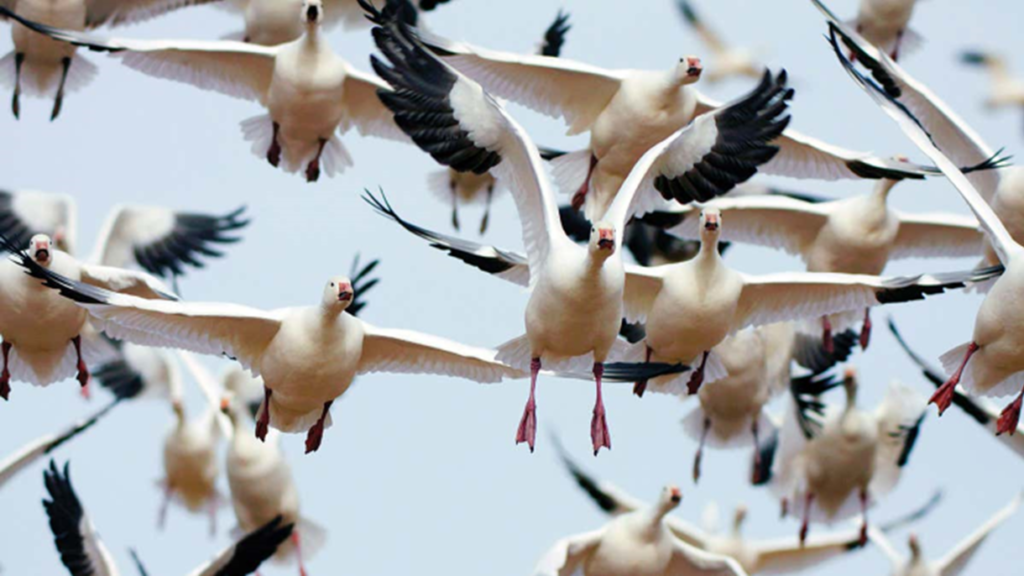WINGS OF CHANGE
Amidst these alarming statistics,Western stands as a beacon of hope and innovation in bird research, thanks in part to the Advanced Facility for Avian Research (AFAR). Opened in 2009, the facility houses labs, environmental chambers where light and temperature can be controlled, and sophisticated equipment such as a wind tunnel that researchers use to study birds in flight.
The facility helps attract researchers and students to Western, and also helps keep them there. “It’s like once you have a facility like this, where else are you going to go?” Guiglielmo asks.
For instance, the wind tunnel is one of few in the world that lets researchers control not only wind speed, but temperature, humidity and air pressure. It is a massive piece of machinery that takes up a good chunk of the building, can generate winds up to 65 kilometres per hour and simulate air pressure of up to seven kilometres altitude.
The working section is a small chamber about two metres long and a metre tall. Once the wind gets going, researchers release the birds, who will happily fly in place against the wind for hours at a time, like a swimmer in a stationary pool.
The chamber is equipped with windows, cameras and measurement devices that allow researchers to study the mechanics of bird flight.
The wind tunnel also lets them study the effects of flight on the bird’s body, and the impact of different foods and environmental conditions.
For instance, Guiglielmo wondered what would happen to birds on long migrations as temperatures rise and the air becomes drier. “one of the big thing birds face if they’re flying overnight for 12 hours is, unlike a marathon runner, they don’t stop to drink. So they generate all of their water internally from their metabolism.”
They do that using the water that is produced as they burn fat, organs and muscle for energy. Even under normal conditions, birds’ internal organs will shrink dramatically as they are burned for energy and water; the heart can shrink by 25 per cent, livers and intestines by half. Even flight muscles get smaller.
When the humidity goes down, the researchers found the birds burn even more organs and muscles than they would otherwise. It turns out that burning these non-fat body components generates five times more water than burning fat does.
It’s a useful adaptation, and better than dying of thirst. But as the world becomes hotter and drier, it could mean migrating birds show up at their destination even weaker and more exhausted than they normally would, making them less likely to survive and reproduce.

